
From December 2023 until the end of October 2024, the National Museum of Contemporary Art, Athens (EMST-ΕΜΣΤ) will showcase “What if Women Ruled the World? ,” a three-part exhibition series exclusively dedicated to the works of women artists or artists who identify as female.
With the re-hang of one entire floor of the museum’s permanent collection and a series of twelve solo exhibitions of Greek and international artists of different generations, over the course of the next months, the entire museum will gradually be taken over by women artists. “It is the first time,” emphasizes τhe museum’s artistic director, Katerina Gregos, “that a public museum exclusively exhibits works by women creators, not only in the exhibition of its permanent collection but also in all the spaces of its periodical exhibitions.” Despite recent advances, as women artists and cultural practitioners are still underrepresented in most aspects of the art world, this project, initiated by the museum’s artistic director, aims to radically reimagine what a museum would look like if, instead of a few token pieces, works by women artists were the majority.
Katerina Gregos continues: “Our intention and goal is to go beyond the dominant narrative and symbolically -and not only symbolically – overturn the reality of the chronic underrepresentation of female creators in all fields of art.” The exhibitions provide an opportunity for women to reflect on their positions, rights, achievements, and demands. What would happen, really, if women ruled the world? And what form would museums have if women had understood their rightful place in the history of modern art?
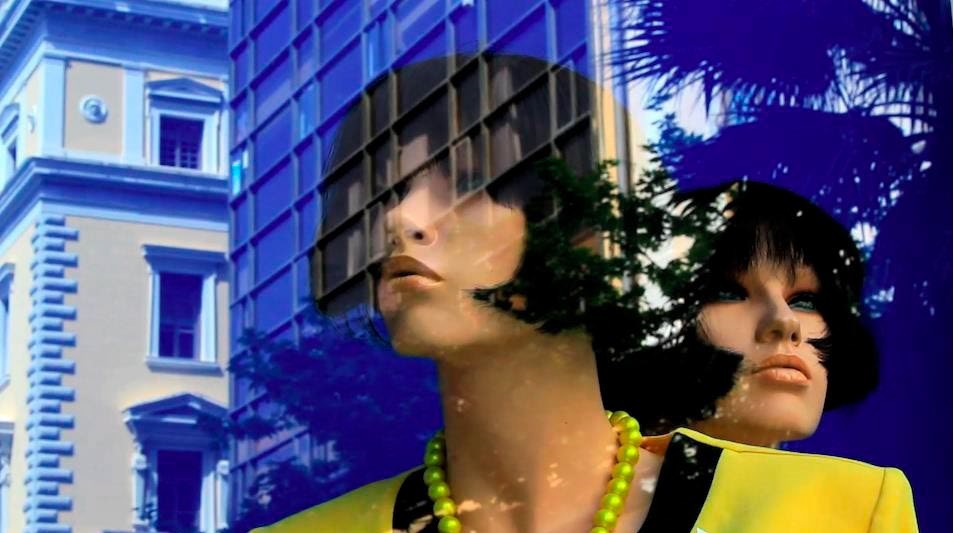
In an even broader context, the exhibition cycle posits an oft-repeated hypothetical question: Would the world be a better place if women led governance and were key decision makers? Would it mean the end of political and armed conflict and deadlock? And, ultimately, would the world be a more caring and compassionate place? Or would we bear witness to the same human flaws, corruption and abuses of power engaged in by those in critical decision- making positions?
At a time when we are seeing the rise of male-driven authoritarian rule in Europe and beyond, leading to social and political polarization and heightened geopolitical tensions, it seems a timely moment for reflection.
Parts I, II and III of “What If Women Ruled the World?”
Part I of “What If Women Ruled the World?” opened December 2023 with the re-hang of the museum’s permanent collection. The exhibition, entitled WOMEN, together, includes the first comprehensive presentation of a number of works from the D. Daskalopoulos Collection Gift to ΕΜΣΤ and showcases a total of 49 works by 25 artists of different generations; the solo exhibitions Chryssa Romanos: The Search for Happiness for as Many as Possible; DANAI ANESIADOU: D POSSESSIONS; and Time in my hands. Leda Papaconstantinou. A Retrospective.
From 20 January 2024, visitors to the museum were confronted by the question, What if Women Ruled the World? by way of Yael Bartana’s iconic neon work of the same title, which also served as the inspiration behind the title of ΕΜΣΤ’s exhibition. The two installations, one in Greek and the other in English, each 10 meters in height, are presented on the north and south exterior façades of the museum, interrogating passers-by along one of Athens’ main thoroughfares, Syngrou Avenue.
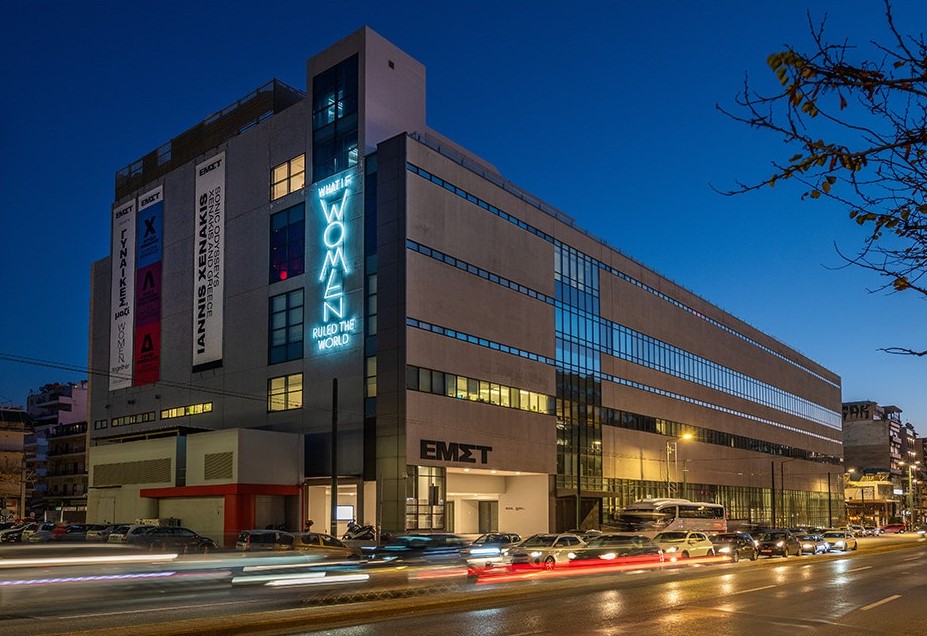
Openings on International Women’s Day
Part II of What If Women Ruled the World? opens on 8 March 2024 on the occasion of International Women’s Day, with six solo exhibitions of works by Lola Flash, Bouchra Khalili, Tala Madani, and Malvina Panagiotidi, as well as special projects by Yael Bartana, Claudia Comte, and Hadassah Emmeric.
On International Women’s Day, the exhibitions will kick off with a performance by Claudia Comte and performer Andrea Tortosa Vidal at 7:30 PM and 8:30 PM in the museum foyer, as part of Comte’s installation. Following that, at 9:30 PM, there will be a musical performance by Jeanna Criscitiello at the ground floor exhibition space
Part III will inaugurate three further solo exhibitions of work by Bertille Bak, Penny Siopis, and Eva Stefani on 11 May 2024.
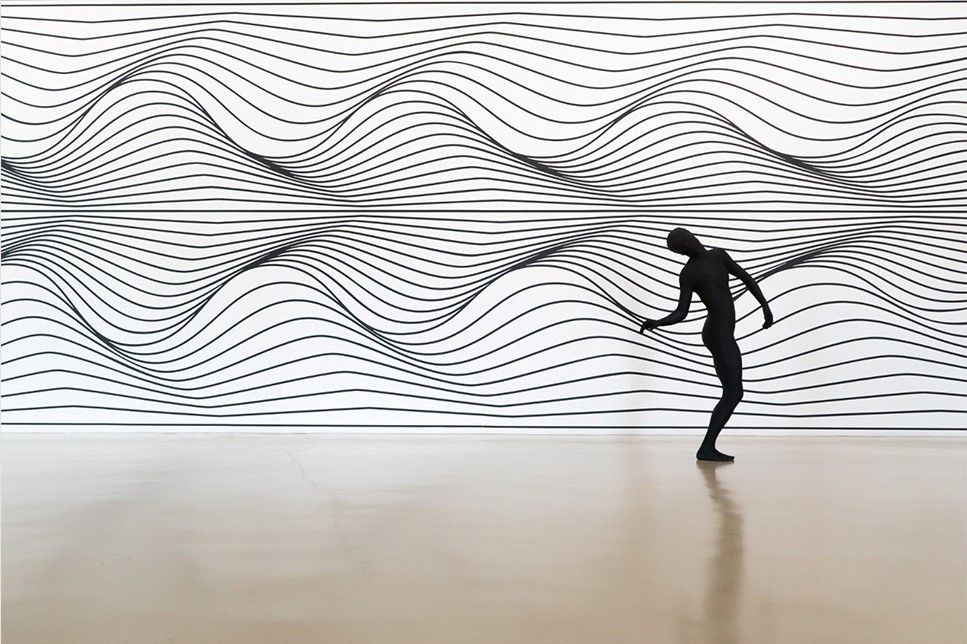
Current exhibitions
Chrysa Romanou – The pursuit of happiness for as many as possible
Chrysa Romanou (1931-2006) is one of the most important Greek artists who emerged in the 1960s. She belongs to the group of Greek intellectuals of the diaspora who lived and worked in artistic centers of the West and for the first time in the history of Greek art actively participated in shaping international currents of their time.
The twenty years that Romanou lived in Paris (1961-1981) were decisive for the development of her artistic identity. From her first steps, the motif of the labyrinth, travel, criticism of consumer society, political interest in social inequalities and injustice, the democratization of art, the osmosis of art and everyday life return as central thematic axes and evolve as the artist matures and the social and political environment changes.
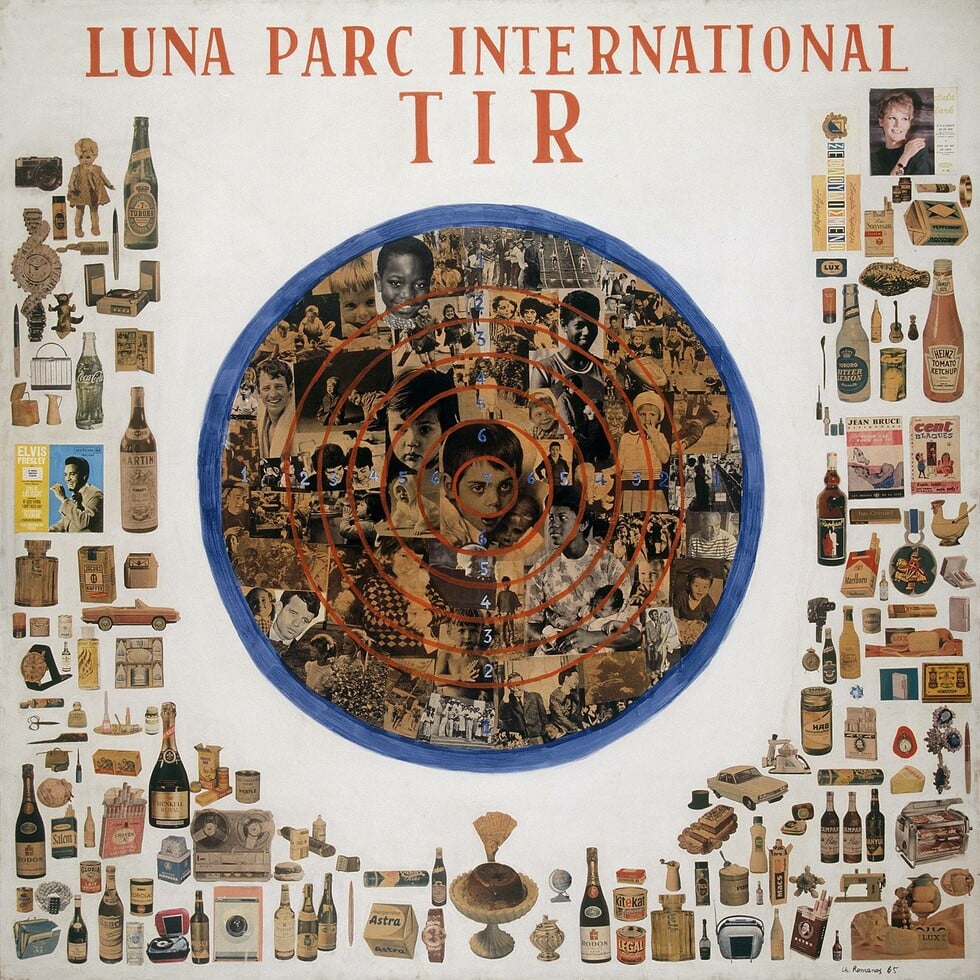
Danae Anesiadou – D POSSESSIONS
This is the first solo exhibition in Greece of the artist Danae Anesiadou, who for the last fifteen years has instilled a wide range of metaphysical and personal concerns in a captivating and multi-prismatic set of works, with references to cinema, the occult, Greek antiquity, surrealism, as well as current affairs. She has been described as “the most characteristic European voice of the crisis of the 21st century”.
Anesiadou, seeking to understand and think critically about the present, finds connections between things that on the surface seem completely unrelated to each other: from fake news and conspiracy theories, the entertainment industrial complex of Hollywood and the American Pentagon, reality television and the fashion industry, along with references to ancient Greek sculpture, surrealism and B-movies.
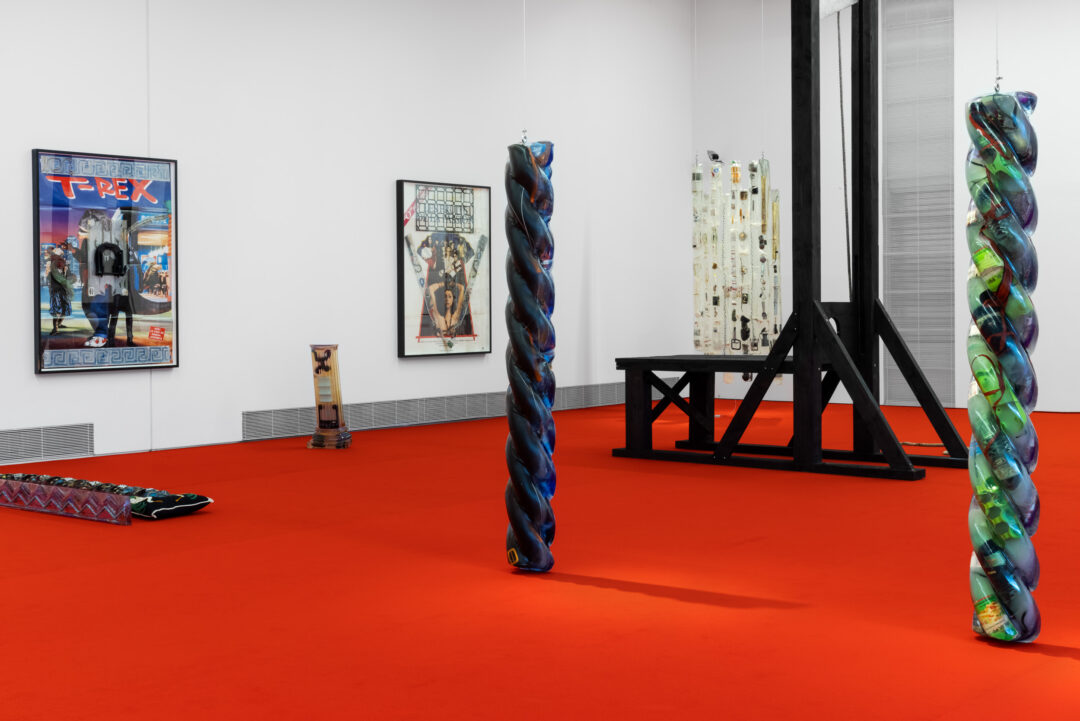
Time in my Hands Leda Papaconstantinou A Retrospective
Time in my hands represents the first ever major retrospective exhibition for Leda Papaconstantinou (b. 1945), one of the most important artists in the history of contemporary art in Greece. For over almost five decades, Papaconstantinou developed a diverse body of work that took on a range of forms – performance, sculpture, video, site-specific installations, painting, etc. – in order to explore issues of gender, sexuality, collective and personal memory, history, politics and ecology, centred always on the body. As a trailblazing feminist artist and one of the most important artists of her generation, Papaconstantinou’s work is a seminal reference point for the Greek art scene and serves as an inspiration for subsequent generations of artists.
From the 1960s onwards, at a time of social and cultural radicalism, Papaconstantinou was one of the first artists to experiment with the then-emerging medium of performance art. Her first iconoclastic performances, carried out during her studies in England, investigate the construction of gender, identity and the female subject, through a feminist perspective that challenges patriarchal structures and other hierarchical relationships of power. The exhibition includes her films and performances from the 1968–1971 period, her first installations in Greece in the 1970s and 1980s, the 1975–1979 community theatre group “Spetses Players”, and her large-scale video installations of recent years. It aims to showcase and reframe pertinent issues within her art practice concerning gender, identity, the social dimension of the artwork, memory, and the relationship between discourse and corporality.
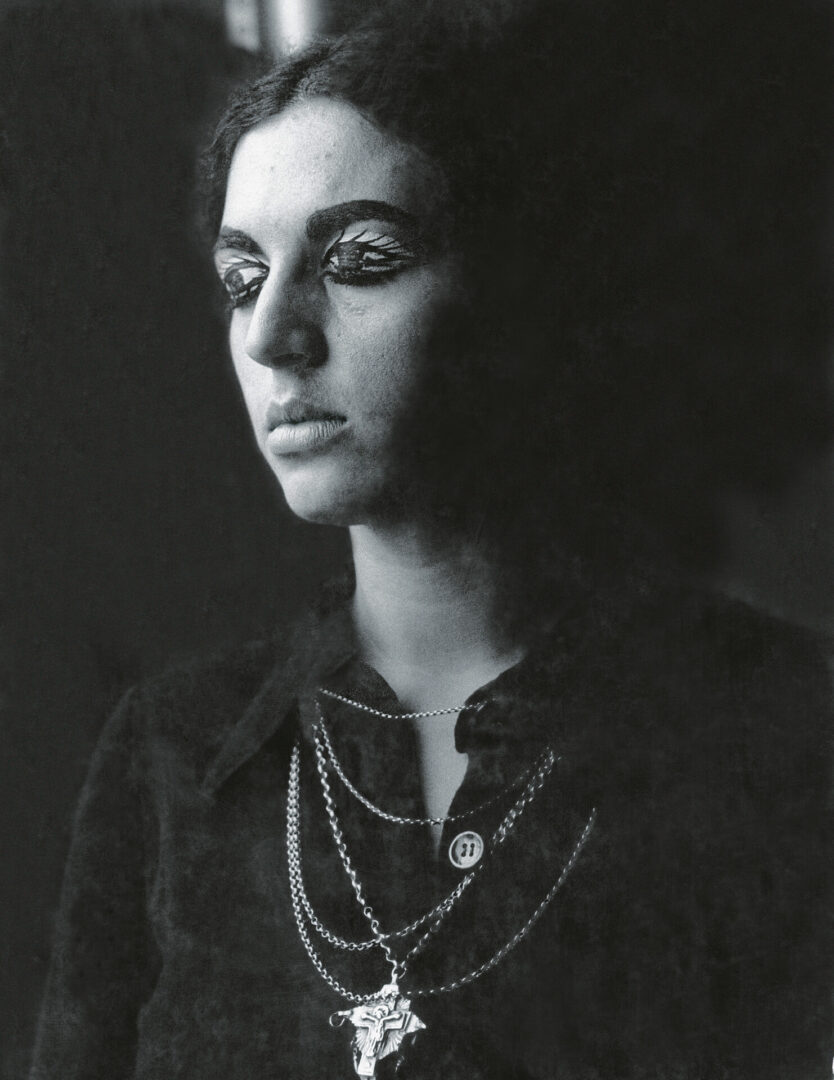
WOMEN, together
This collective exhibition WOMEN, together represents the first re-hang of the museum’s collection since 2019 and makes a bold statement by showcasing only work by women artists. There are a total of 49 works by 25 artists of different generations, ten of which are Greek. Twelve artists and 24 works are from the D. Daskalopoulos Collection Gift, while thirteen artists and 25 works are from the existing collection of ΕΜΣΤ. The exhibition also includes seven new acquisitions, as well as a new long-term loan of a major work by Etel Adnan, courtesy of the Saradar Collection.
While there is no single thematic narrative, rather several intertwining threads, there are many common points of reference and dialogue as well as conceptual and aesthetic affinities between works. The artists are preoccupied with a variety of issues, both related to gender and identity, as well as to social and political issues, and the entanglements between them, although what they mostly share is an interest in materiality and the handcrafted, existential or humanistic issues, and the ephemeral nature of all things.
Finally, there are artists who probe issues regarding history, memory and collective/cultural identities centering around the critical geopolitical position of Greece and its immediate geographic surrounds in South East Europe, the Mediterranean, and the former Levant. These are the territories of the former Ottoman Empire, and with them come a multitude of suppressed or marginalized histories that lay dormant in the wake of new nation building in the twentieth century. The legacy of this history and the current history of the wider region with its rich historical, cultural, and socio-political narratives lie at the heart of EMSΤ’s renewed collection policy.

I.L.
TAGS: EMST | EXHIBITIONS | GREEK PAINTERS | WOMEN & GENDER













